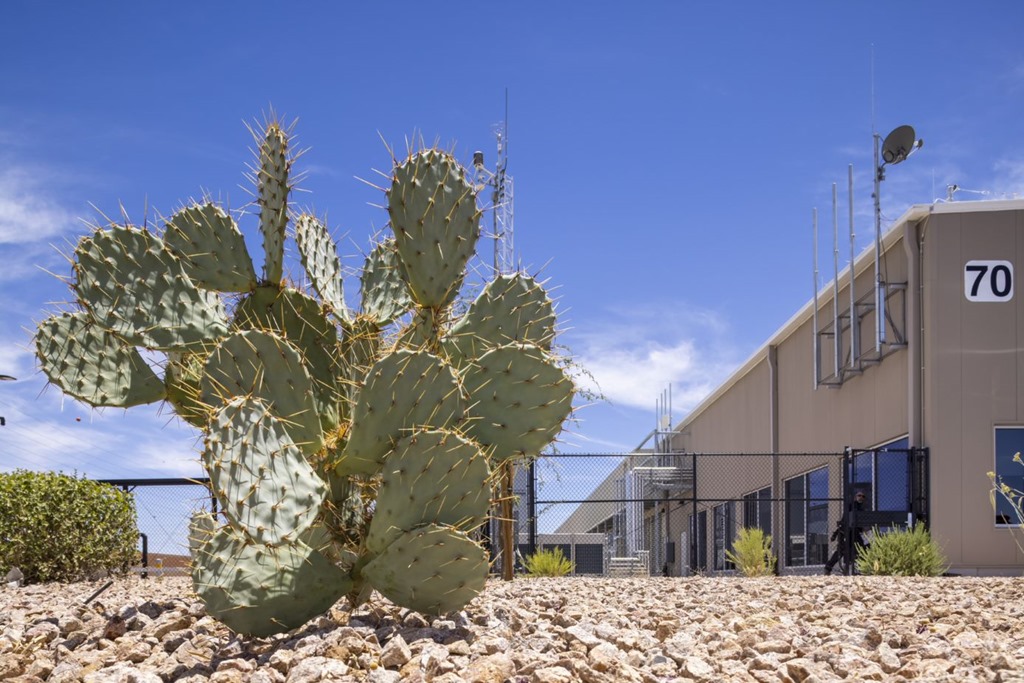 INFRA
INFRA
 INFRA
INFRA
 INFRA
INFRA
Microsoft Corp. today said it has flipped the switch on what it says is one of its most sustainable data centers yet.
The new West US 3 region located in El Mirage and Goodyear, Arizona, relies extensively on renewable energy sources and is said to be 100% carbon negative. The company said it chose Arizona for its latest U.S. data center region for several reasons, chief among them its abundance of solar power, its proximity to major customers, its skilled workforce and the availability of land.
Microsoft has publicly stated its ambition to become entirely carbon-negative by 2030 and the new data center pushes it closer to that goal.
In a blog post, Noelle Walsh, Microsoft’s corporate vice president of cloud operations and innovation, said the company has power purchase agreements for green energy that account for 100% of the carbon-emitting electricity the new facility uses. That’s because although the facility taps into lots of renewable energy directly, it cannot always rely on those sources.
“To meet our renewable energy goals in Arizona, Microsoft collaborated with Longroad Energy on their 150-megawatt Sun Streams 2 photovoltaic solar power plant located in Maricopa County, Arizona,” Walsh said. “Renewable energy from Sun Streams 2, using First Solar technology, will offset the energy use of the new campus with Renewable Energy Certificates from the project.”
The company is also using a more sustainable cooling system at the new data center. Walsh explained that the company will use no water to cool its servers for more than half the year. Instead, it will use a new technique called adiabatic cooling that relies on outside air rather than water when the temperature is below 85 degrees Fahrenheit. When temperatures go beyond that, it will use an evaporative cooling system that’s similar to swamp coolers used in people’s homes.
“This system is highly efficient, using less electricity and a fraction of water used by other water-based cooling systems, such as cooling towers,” Walsh said.
Microsoft’s efforts also include its pursuit of Leadership in Energy and Environmental Design Gold certification, which demonstrates its conservation of resources such as energy and water and minimal waste generation.
“We are committed to zero-waste certified operations for this new regions, which means a minimum of 90% of waste will be diverted away from landfills through reduction, reuse and recycling efforts,” Walsh continued.
Microsoft said the Azure West US 3 region will power Azure cloud services such as computing, networking, databases, analytics, artificial intelligence and “internet of things.” The region includes three Azure Availability Zones, which provide customers with greater resiliency by hosting applications and workloads in separate physical data center locations with their own independent power, network and cooling systems.
The State of Arizona said it’s one of the first customers to tap into the new data center’s resources. The state uses Azure cloud to power applications such as its online Motor Vehicle Department services and a child safety case management system. “The new Microsoft data center region in Arizona enables us to continue this important work with computing resources right here in our state,” said Arizona Chief Information Officer J.R. Sloan.
Microsoft has announced plans to open a similar sustainable data center region in Sweden sometime this year. The company is exploring sustainability in other ways too, such as its experiments with new cooling technologies. In April it revealed that it has developed a “two-phase immersion cooling technology.” It relies on a special liquid that boils at extremely low temperatures to keep its data centers cool.
THANK YOU